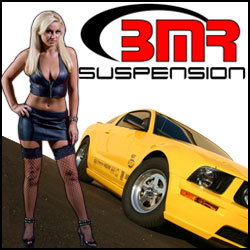06 T-RED S/C GT
forum member
I can confirm beyond a shadow of a doubt the CFM billet oil cap breather does indeed function as advertised while keeping the factory PCV system active. After nearly 3 years, I've had zero crankcase oil vapors enter the intake manifold thanks to the CFM one way check ball valve which does indeed prevent unmetered air from entering the crankcase while under PCV vacuum and then opens to ventilate the crankcase under part and full throttle when PCV vacuum is temporarily closed. I also use the UPR 4-chamber catch can along with the CFM oil cap breather connected to the PCV port on the driver's side cam cover and into the intake manifold port. At one point, I did consider disabling the active PCV system altogether in favor of switching over to an open breather setup, but when I realized that the PCV valve is integrated into the driver's side cam cover, I didn't want going through all the hassle of having to cut open the PCV housing tube with a Dremel tool just in order to remove the PCV valve itself. Shortly after reading all the positive reviews about how effective the UPR 4 chamber catch can and CFM billet oil cap breathers worked in preventing crankcase oil vapors from entering the intake manifold/combustion chamber with the factory PCV system remaining active, I decided to give both a shot. Needless to say, I haven't looked back ever since."CFM Performance valve cover breathers are the best money can buy and is the reason they have become extremely popular so quickly. They are so much more than a pretty filter on top of your valve cover and offer features that no other kits offer.
It is the only breather on the market which incorporates a check ball to keep unmetered air from coming through while the PCV system is active and the crankcase is under vacuum. In other words, this breather works just like a factory oil cap under normal driving conditions but will vent any positive crankcase pressure present under full or part throttle. It is also the only breather with an integrated baffle to help contain oil particles in the engine rather than allowing them to exit the valve cover and saturate the filter element. Filter tops are available in several popular powdercoat finishes, chrome, hydrocarbon and select OEM colors."
https://www.c-f-m.com/performanceparts/pc/Valve-Cover-Breathers-c744.htm



